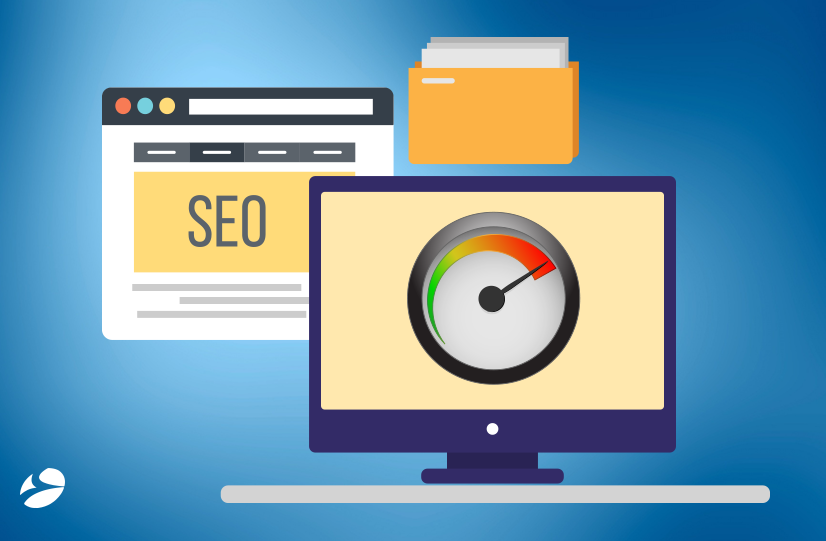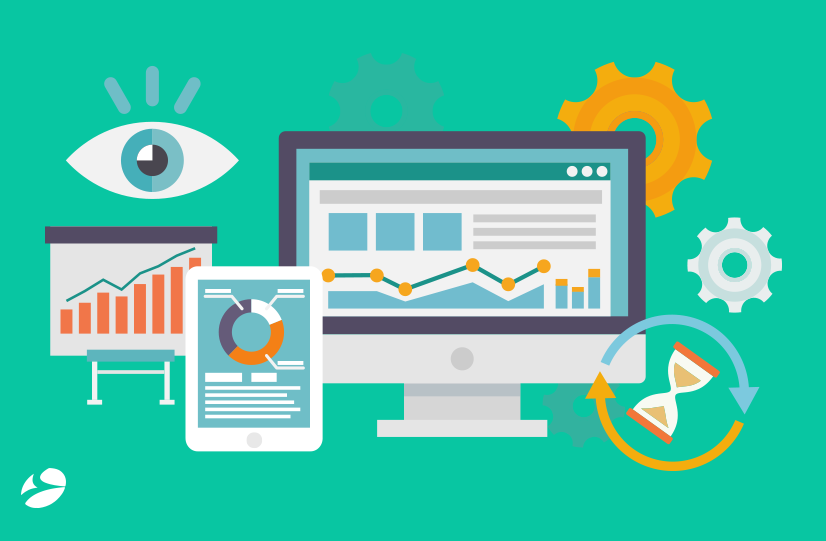
https://dev.biztechcs.com/blog/advanced-seo-techniques-2018/
Search Engine Optimization is another kind of programming. It does not involve typical coding structures, classes, and objects. But it has its own syntax. It has its own methods & modules. It is the science of making sure how your product page or the website comes on the top of the desired search results to bring the right audience.
Let’s establish one fact clearly – SEO is not about stuffing keywords and having multiple product pages to go up in Google rankings. There are rules, text limits, and ratios for everything. And they all boil down to one simple fact – relevancy! Until and unless your web page features relevant keywords, mobile-friendly interface and minimum security features across the website – your chances for desired results are none.
To help you understand that, we as an SEO service provider, have come up with some fantastic advanced SEO techniques for you. Are you ready?
If you are reading this article, you also might be interested in knowing about what works when it comes to Advanced On-Page SEO Techniques 2020. Know about in detail from here and boost your website rankings now!
Here are 7 Advanced On-Page SEO Techniques to boost up your Ranking.
- Go Back to Shorter Meta Descriptions:
Yes. You heard it right! Say goodbye to the longer metadata! Google has come back to its previous limit of 158-160 characters for meta-description. And you should take note of it.
Try to wrap up all click-driving info in the first 150-155 words of your meta-description. It should be short, relevant, and packed with the right information. Remember, do not reveal too much in it. Just do it right. The companies that provide Organic SEO Services know how to create meta descriptions that drive clicks. So, you can also consider seeking their help.
- Work on Speed Loading:
Websites are not just a medium of providing information. They are rather resources that help the visitors find out exactly what they want. And that too, in the minimum time possible. The less time one has to spend on a search session, the better it is. If the loading speed of your website is mediocre, you might have to experience high bounce rates. And what if Google knows about it? Well, you will have to pay the fine.

So, how do you resolve this? As the first step, you need to examine the current speed of the website. Ensure that you use some of the tools that Google provides. PageSpeed Insights is one of the best websites that helps you to access your site’s loading speed. It scores your website from 0 to 100. If the site loading speed is 80 and above, you are on good charts. It also provides you with recommendations for the changes you can implement to tweak your site speed. Otherwise, you can find a company that provides affordable SEO Services and get your site checked for loading speed.
- Internal Linking is Must:
While reading an interesting blog, there are times when we find a link that encourages us to read another blog. Then next, and next. This is known as internal linking. It is crucial because it helps you to create a better structure for your blog. Not just that, it also lowers your bounce rates which is good for your SEO.
In my opinion, the best examples of well-linked online literature are Wikipedia and Copyblogger. If you follow a similar pattern, you will not find it difficult to interlink your blogs. After writing an article, try linking it to other relevant blogs on your website. Your visitors will visit the ones they find interesting and read them. But you must make sure that you do the linking part right. If you put Nofollow links, search bots cannot pass the link juice. So, make the relevant pages DoFollow and keep your old content ranking with this advanced on-page SEO technique.
- Use Keywords That Matter:
Among all the advanced SEO techniques, proper usage of keywords is important. While developing the content of your website, you need to maintain its tone along with the focus keyword that comes naturally. I believe that targeting keywords is very important as using them the right way ensures that you get a better ROI on your digital marketing efforts. When you hire a company that offers digital marketing services, they hire SEO writers who work on your project and ensure that they use relevant keywords.
For your pages to perform better, you can also conduct keyword research on Google AdWords Keyword Planner. It provides you with the search volumes and information about the keywords that your competitors target. You can also use keywords to see search volume or analyze what your competitors are targeting with SEMRush. The Keyword Planner also provides you with different keyword variations that you can use on your page to optimize it.
- Optimize the Images:
A picture is not just worth a thousand words. It also attracts thousands of visitors if you optimize them rightly. Start optimizing blog images for On-Page SEO. Here is a step-by-step procedure to follow for it:
Do not name your images randomly. Change the image file names into relevant ones. For example, On-Page SEO-techniques2020.jpg. By doing so, your image will show up when someone is looking for Advanced On-Page SEO Techniques 2020.
- Do not name your images randomly. Change the image file names into relevant ones. For example, On-Page SEO-techniques2020.jpg. By doing so, your image will show up when someone is looking for Advanced On-Page SEO Techniques 2020.
- Provide an Alt text to describe every image. Alt Text is what you see on the page if the image fails to load. This way, it becomes easy for search engines to identify your image.
- It is always a good idea to use captions as people read them 300% more than the main content.
- WordPress makes it easy for you to add captions and alt text as they give you an option to do so while adding the image.
Make sure you keep the size of image files light so that they load faster. If need be, use tools that can help you reduce the size of images. Needless to say, it should not affect the quality of the images.
- Check SEO Responsiveness:
All through the year 2019, we often heard one word. And that is – “Responsiveness.” You’re correct! With Google’s announcement of mobile-friendliness as one of the major ranking factors, all the brands are making their websites mobile friendly. But the question here is, does your SEO play a role in that? If not, you need to buckle up. Hire SEO professionals who know the answers to your SEO issues and can optimize your responsive website accordingly.

When they apply advanced SEO techniques and tactics, you’re sure to experience a boost in your search engine rankings. But, you must ensure that the professionals you have hired take care of the following:
- Checking responsiveness from SEO perspective
- Addressing the common mistakes
- Checking mobile index
- Structured Data and Schema Markup:
Last but not the least, “Structured Data and Schema Markup” is one of the most buzzing topics in SEO. To elaborate it, there are 3 major parts to a website, namely – Text, Markup and Structured Data.
Text, of course, is depictive of the content. Markup shows the browser the way the content should look on the website and Structured Data lets the bots like Google know what the data is. Structured data helps you make your website look better and enables search engines to categorize your websites.
You might have undermined the benefits of structured data so far; but once your advanced SEO techniques start working, you will realize that it should be an integral part of any SEO plan. Search Engines like to read and crawl organized data. So, get rid of Normal HTML markups and enable Google to crawl your website easily! It isn’t surprising how Structured Data and Schema Markup have become trending topics. Also, its application has become mandatory for most of the industries.
If you follow the above-mentioned On-Page SEO techniques 2020 along with some global and local link building tactics, you are sure to rank high! Do you have other insights that you would like to share? Please feel free to do so.
2424
5 min read
2424
5 min read


